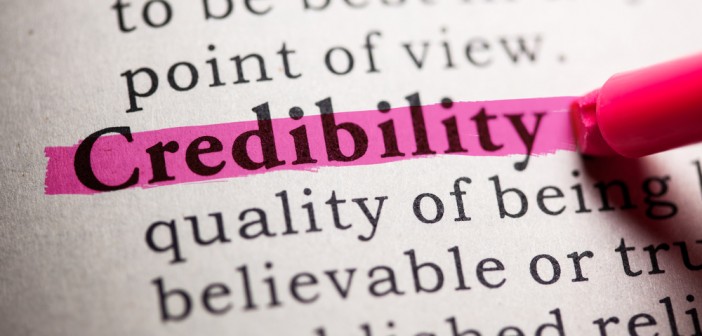Credibility is the foundation upon which all effective leadership builds. It is the “operating capital” from which leaders draw to advance the vision. There are different types of credibility.
Prevenient Credibility
Those from a Wesleyan theological tradition are likely to be familiar with John Wesley’s use of the concept of “prevenient grace,” by which Wesley referred to that basic love of God available to all people at all times. Prevenient means “to come before.” Wesley sometimes referred to prevenient grace as the porch of true religion. However, for Wesley, prevenient grace was not the same as saving or justifying grace.
In a similar manner, a new leader always comes with some degree of prevenient credibility. It is prevenient credibility that permits the new leader to assume responsibilities. In most cases, prevenient credibility leads to various expressions of welcome and openness to leadership changes. The degree of prevenient credibility an individual leader can assume upon arrival will vary depending upon several factors. The most recent experiences that people have had with the new leader’s predecessors will help determine whether people greet someone with the best of assumptions about them or with a sense of distance and questions. Wonderful previous experiences may cause people to give you every benefit of the doubt. A disappointing experience with your predecessor may cause people to treat you with a degree of suspicion that feels uncomfortable and undeserved. In both cases, the degree of prevenient credibility afforded you has little to do with you. And even in the negative situation, prevenient credibility is not absent.
Prevenient Credibility and the Challenge of Difference
The degree of prevenient credibility new leaders can expect always varies, but some face special challenges. When the new leader is different from the group’s cultural context (race, nationality) or different from common expectations (gender, age), then the dynamics are different. Some of the prevenient credibility other new leaders would expect to receive may not be present in the same ways. A degree of skepticism and even resistance may be present. New leaders who are different are often required to “prove themselves” in ways that others are not. There is no benefit to ignoring these realities.
Some maintain that there are differing levels of prevenient credibility growing out of various understandings of pastoral authority across cultural lines. It is often said that African American and Korean American congregations look to the pastor for more directive leadership than is the case in white congregations. Thus, the pastor is seen to have more authority from the beginning. Even here, new leaders will do well to recognize that all cultural traditions require a dynamic give and take among leader and constituents. No matter what the cultural traditions, all leaders live within limits forged out of relationship and behavior.
Women face some particular challenges because they may be a part of the majority culture but may also be seen as different because of people being unaccustomed to women in pastoral roles; or they may be serving in a cultural context that can be of any race in which women in pastoral roles are not only seen as different but even as unacceptable. Women may face more analysis, by others and themselves, about “how” they lead.
Leading Credibility
Good leaders understand that they must use their own credibility, not the credibility built up by others. Prevenient credibility comes from predecessors who have built up that credibility through hard work. However, to use up that credibility, rather than credibility you have earned for yourself, is finally inadequate. Such credibility is won minute by minute, but it can be lost very quickly. Once lost, it may be impossible to regain. As Henry Mitchell advised a beginning pastor, “Don’t use your authority until you’ve got it.”
Behavior is the key to credibility. Do people perceive us as doing what we say we are going to do? Predictability becomes a key to trust. Another source is the quality of relationships established by the leader. Therefore, the priority is to build a relationship of trust and respect with the people. Everything depends on this bonding, and helping those with whom the leader works to address the pressing challenges they face will increase credibility and trust. And there can be no trust unless the leader is trustworthy — dependable and reliable, honest and honorable. People will forgive the inevitable mistakes by a leader whom they believe to be honest, fair, and trustworthy.
Another factor contributing to credibility is for the leader to be seen as a servant of the vision of the organization. People must never doubt that your passion as a leader is directed toward what God is calling all of you as a people to be and do. Nothing devalues one’s leadership more quickly than to be seen as pursuing one’s private agenda and using the church more than serving it. As a friend has put it, one can become a “walking credibility gap.”
Being a servant of the vision and depending on credibility and persuasion more than authority and power help make possible effective leadership. A leader maintains personal integrity as people see the leader’s commitment to maintain the integrity of the vision. Jim Collins’s concept of “Level 5” leaders describes those exemplary leaders that combine personal humility with an intense drive to accomplish the mission. It is not that these leaders do not have egos, but they channel their ambition into the organization’s goals.
This article is an excerpt from Lovett’s book Church Leadership: Vision, Team, Culture, and Integrity, Revised Edition, © 2010 Abingdon Press, used by permission. The book is available from Amazon or Cokesbury.






